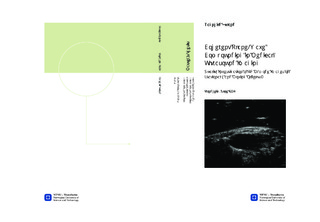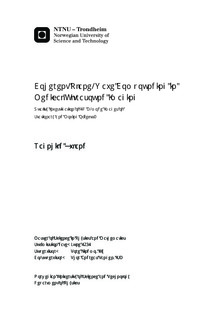| dc.description.abstract | Coherent plane-wave compounding is the coherent summation of several successive plane waves incident at different angles. This thesis presents results from simulations and in vitro and in vivo measurements of stationary and moving objects, with focus on loss of resolution and contrast due to object motion. Resolution and contrast results for several angle selections, angle sequences and object velocities with and without motion correction have been compared.It is shown that using a subset of plane-wave tilt angles by decimating the optimal selection introduces grating lobes which degrades the image contrast, while imaging with a lower maximum tilt angle degrades the lateral resolution. The contrast loss for decimation factor 2 was more significant for simulations than for in vitro measurements. While the contrast went from -40 to -30 dB for the simulations, a decimation factor of 4 was needed to degrade the contrast significantly for the measurements. Decimating the angle selection by a factor of 2 doubles the achievable frame rate. A reduction in maximum angle from 13.7 to 8.2 deg., which corresponds to an increase in transmit F-number from 2.1 to 3.5, gives less than 0.3 mm degradation of lateral resolution. The lateral resolution is of the order of 1 mm. This reduction in maximum angle increases the frame rate by a factor of 1.2.Axial point scatterer velocity leads to considerably worse image quality than for stationary scatterers, while the effect of lateral scatterer velocities is limited. The degree of contrast and resolution loss due to object motion is dependent on the selection of plane waves which constitute a frame, and the sequence in which the plane waves are transmitted. Using a subset of the optimal angle selection leads to improvement in image quality for an axial velocity of 10.0 cm/s for decimation factor 4, but not for decimation factor 2, even though the total scatterer movement per frame is reduced by the reduction of transmitted plane-waves. The loss of quality due to motion was less for fewer tilt angles, but the total image quality was still worse for many of these sets of angles due to grating lobes.The unwanted effects of motion for in vivo-measurements were not seen to the same extent as for simulated point scatterers, and working with the coherent plane-wave compound seems promising for moving objects. | nb_NO |

